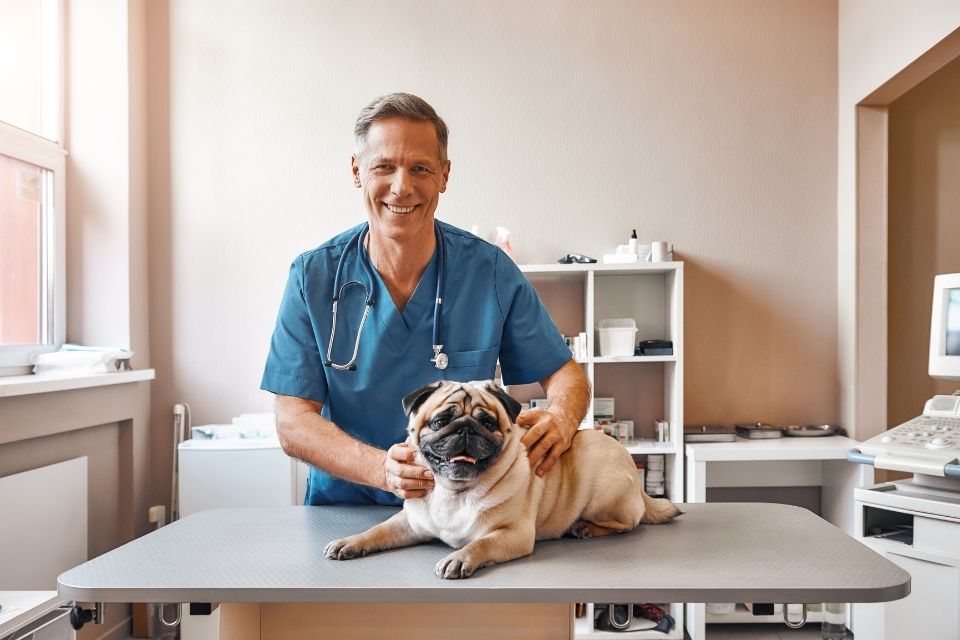Veterinarians are some of the most admirable people on the planet. They are immensely educated on all manner of animal life, brilliant problem solvers, and altruistic in their quest to heal broken and cure sick pets. Just like most professionals, they work a normal nine-to-five. Unlike most, however, their days are filled with medical emergencies, difficult conversations, and fascinating observations.
This article will explore a veterinarian’s daily routine in its many facets. From the administrative tasks to the medical examinations, you will learn the reality of their lives day in and day-out.
First Thing
At the very beginning of the day, all the animals under the veterinarian’s care must undergo a physical examination. The examination findings will inform their treatment plans. The process involves listening to the animal’s heart and lungs, taking their vitals, and feeling around for any abnormalities.
All the animals scheduled for surgery will be admitted early in the morning for pre-surgery bloodwork. From these blood samples, veterinarians can ascertain information on the animal’s internal functions which cannot be learned from a physical examination. As soon as the lab work is evaluated, the pet will be prepped for surgery.
Other morning appointments could include vaccinations, kitten visits, and everything in between. Veterinarians may also schedule euthanasia for the morning.
Lunchtime
The next time block in a veterinarian’s daily routine is lunchtime. Most veterinarians like to slow down patient appointments in the afternoon. Not only does this give them time to eat lunch, but it also presents an important opportunity to play catch-up. Veterinarians need to make follow-up calls with clients and check on pets as they recover from anesthesia. Hospitals or clinics with more than one veterinarian may stagger their lunch schedules so that at least one is available during lunchtime.
Afternoon
A veterinarian will typically see and discharge more patients during the afternoon. Meanwhile, veterinary technicians use specialty animal and equine digital X-ray equipment to take X-rays. The veterinarian will then examine the X-rays and explain their findings to the pet owner.
Before the day ends, veterinarians will continue to make calls, finalize medical notes, and authorize prescriptions.

